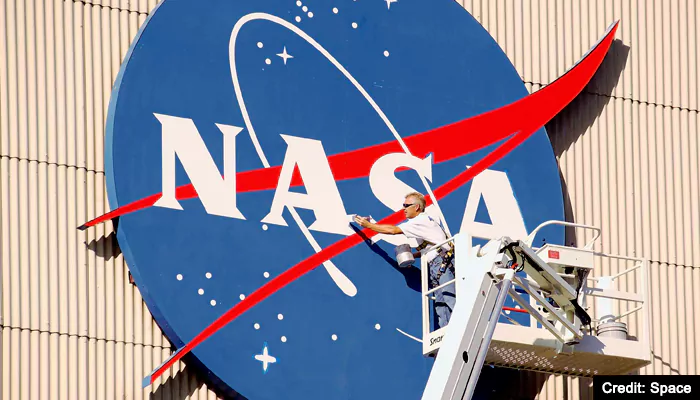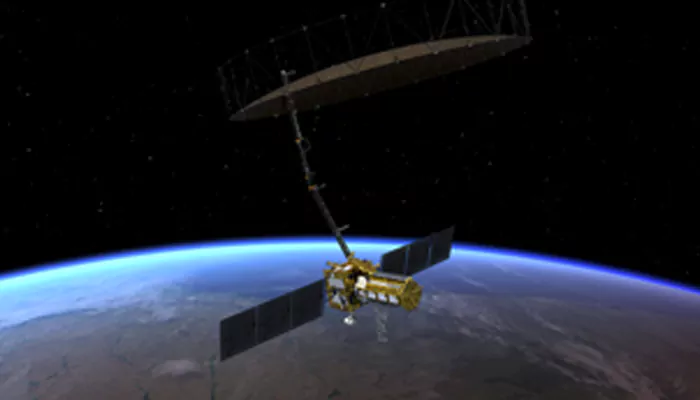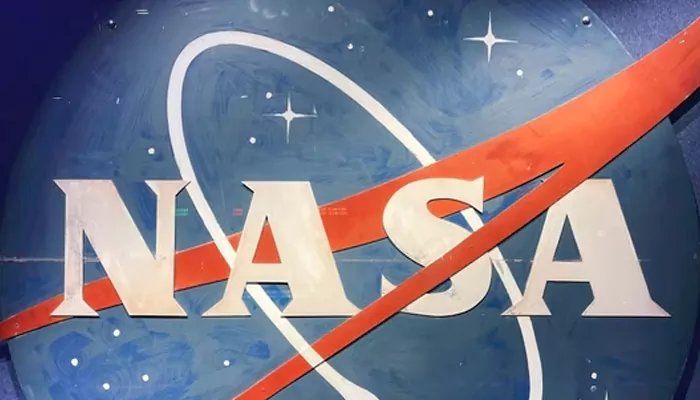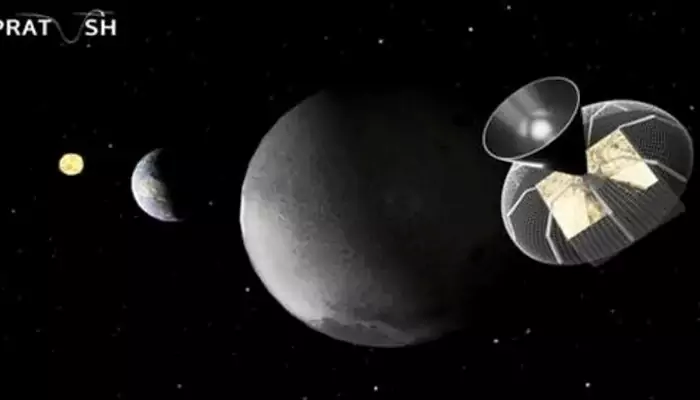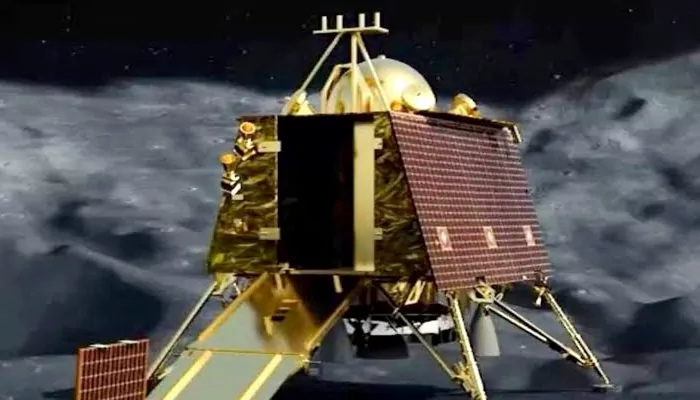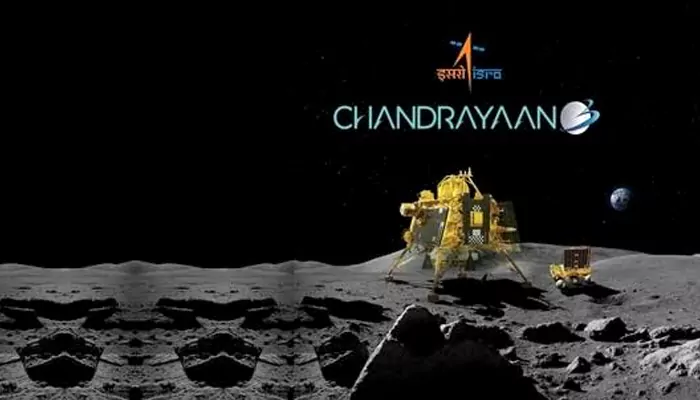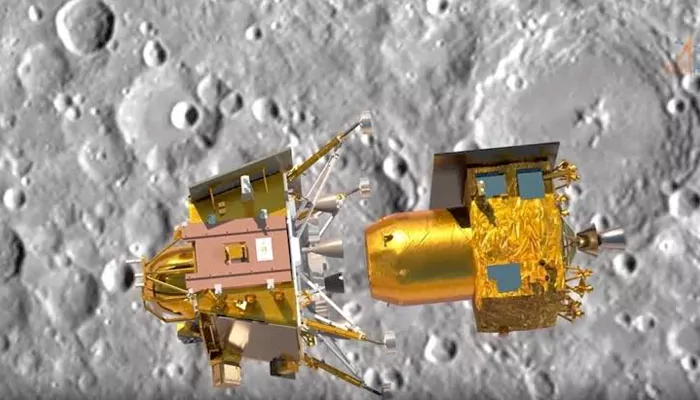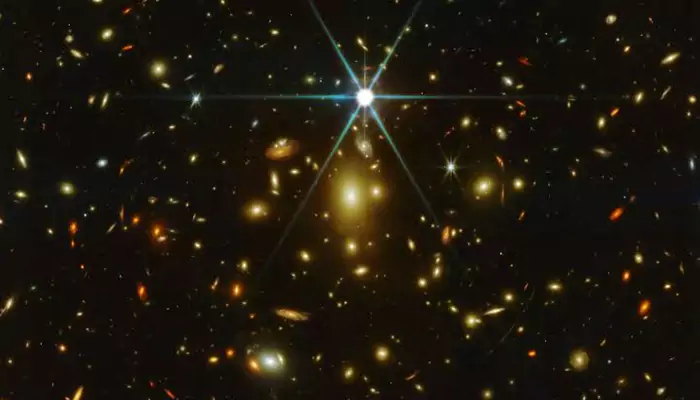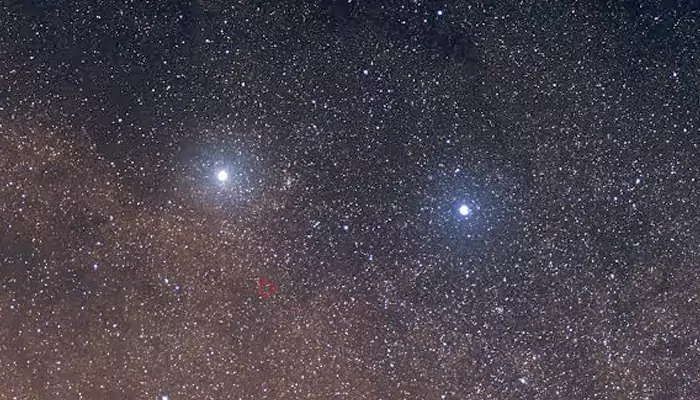India’s Pixxel Joins NASA in Hyperspectral Earth Observation Tech: Fueling Space-based Innovations Across Industries
- Soham Halder
- 1 year ago
- 4 minutes read

Indian hyperspectral imaging and Earth observation company Pixxel has grabbed a lucrative offer from NASA in an attempt to enhance Space-based solutions.
Despite availability of advanced ground-based technologies, sometimes it becomes tough to predict anomalies in our surroundings or nature leading to massive impact in the form of climate change, extreme climatic events, disrupting components of biodiversity. Thus, effective tools are required to monitor any peculiarities from space. To achieve that, NASA initiated Commercial SmallSat Data Acquisition Program. Only Indian space tech company that became part of this project is Pixxel. In this article, we will discuss about this partnership, unique project and how this will empower space-based innovations across different sectors.

(Credit - @IndianTechGuide X handle)
More About CSDA:
The Commercial SmallSat Data Acquisition (CSDA) project was initiated by NASA's Earth Science Division (ESD) to “identify, evaluate, and acquire commercial small-satellite (SmallSat) data that support NASA's Earth science research and application goals.”
To achieve this, usable data from small satellite programs will be later purchased by NASA for broader sustained application.
How this Collaboration will Help Industries?
Through CSDA project, advanced technologies will capture information across different narrow wavelengths to provide insightful data about climate change, agriculture, biodiversity, as well as resource management.
🚀 Introducing Aurora: Pixxel's cutting-edge Earth Observation Studio! 🌍 Effortlessly explore remote sensing with our user-friendly, no-code platform. Enjoy advanced tools and smooth collaboration to elevate your data insights!
— Pixxel (@PixxelSpace) August 5, 2024
🔍 Check out now: https://t.co/9BReblod8V pic.twitter.com/96Wu884tEp
(Credit - @PixxelSpace X handle)
These hyperspectral data will be widely accessible to different industries and governments to enable stakeholders to take informed decisions, enhance natural resource management, along with environmental resilience via real-time and actionable data.
The hyperspectral imagery will help in agricultural sector through early detection of plant stress while optimising the fertiliser use to promote sustainable practices.
The mission has previously helped in reconstruction of Hurricane Maria and Hurricane Ida affected areas. Also, the project has precisely estimated ice cover and impact of climate change. In semi-arid African region, the project has successfully measured carbon footprints which further helped green restoration initiative.
Pixxel is currently preparing for the launch of Fireflies satellites, the highest-resolution hyperspectral satellites ever used. These state-of-the-art satellites are capable of capturing data across 250 spectral bands to offer a comprehensive coverage with a 40 km swath width along with a 24-hour revisit frequency in part of the Earth.
Unlock the secrets of forestry with hyperspectral imaging and explore how this technology reveals hidden insights from tree health to ecosystem dynamics, transforming conservation efforts globally. Watch our use cases in action in forestry. Learn more: https://t.co/nDqxnRFpnd pic.twitter.com/5Nvbygy5mU
— Pixxel (@PixxelSpace) May 30, 2024
<(Credit - @PixxelSpace X handle)/small>
Pixxel’s Jackpot:
Under this agreement, Pixxel will “provide NASA and its US government and academic partners with advanced hyperspectral Earth observation data.” Pixxel is by far the youngest company to be part of this $476 million worth program. As per contract, Pixxel will be associated with this project till November 2028.
Awais Ahmed, Co-founder and CEO of Pixxel, expressed his enthusiasm, stating, "Being selected for this NASA contract is a monumental achievement for Pixxel and further validates that hyperspectral imaging will be integral to the future of space-based Earth observation.”
Apart from Pixxel, other companies who have received the contract are BlackSky Geospatial Solutions, ICEYE US Inc, MDA Geospatial Service, Planet Labs Federal, Satellogic Federal, Teledyne Brown Engineering, and The Tomorrow Companies.
Explore how Pixxel's hyperspectral imagery transforms precision agriculture, enabling early detection of plant stress, optimising irrigation and fertiliser use, and promoting sustainable farming practices. 🌱
— Pixxel (@PixxelSpace) August 8, 2024
Watch now 👇🎥https://t.co/M3OPzUccm3
<(Credit - @PixxelSpace X handle)/small>
About Pixxel:
Established in 2019 by Ahmed and Kshitij Khandelwal, Pixxel inaugurated a multi-million dollar manufacturing unit ‘MegaPixxel’ in Bengaluru. The company has previously raised more than $70 million from investors like Google, Radical Ventures, Lightspeed, Seraphim Capital, Relativity's Jordan Noone, Sparta, Ryan Johnson, Blume Ventures, and Accenture.
Pixxel has launched its Shakuntala (Technology Demonstrator-2) satellite through SpaceX's Falcon-9 rocket in 2022. Till now, Pixxel has launched 3 small satellites.
Broadly, this NASA-led project will help predicting the future of Earth's climate. This will provide an extra edge for policy-makers to make informed decisions.

